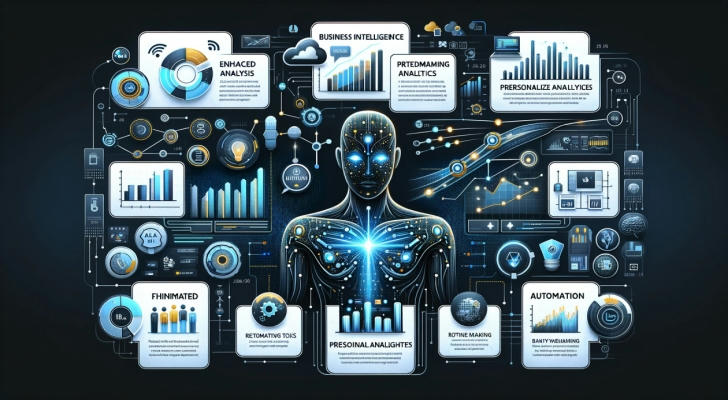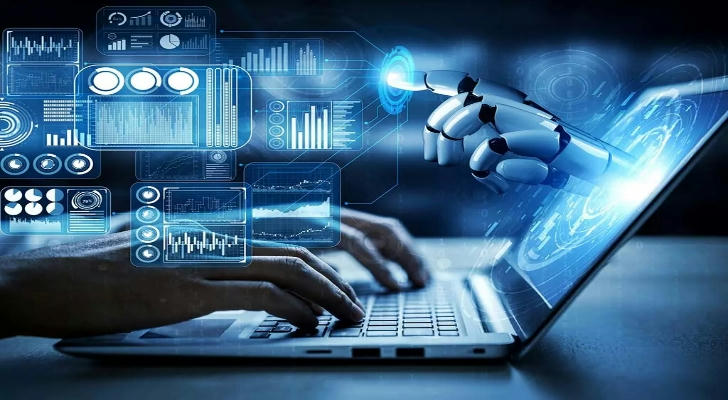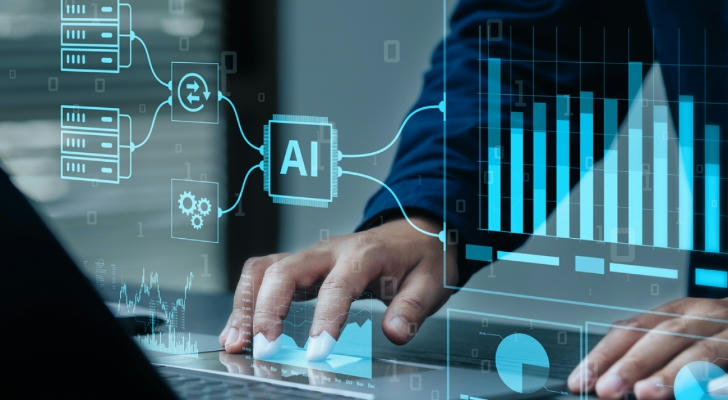AI and Humans: Dancing Toward the Future of Work
Artificial Intelligence (AI) is reshaping the workplace in profound ways. By taking over repetitive tasks, AI frees humans to focus on creativity, problem-solving, and leadership. But as technology evolves, so do career opportunities and challenges. What does this mean for the modern workforce? Let’s delve into how AI is transforming the job market, creating new paths, and redefining the skills we need.

How AI is Shaping the Workplace
1. Automating Routine Tasks
AI excels at performing repetitive, time-consuming tasks with precision. This automation doesn’t just replace jobs—it also enhances productivity and creates opportunities for upskilling.
Example: In logistics, AI-powered systems optimize delivery routes, allowing drivers to focus on customer satisfaction.
Impact: A McKinsey report reveals that about 45% of work activities could potentially be automated with existing technologies, reshaping job descriptions across industries.
2. Introducing New Careers
The rise of AI has spawned entirely new career fields, from AI trainers to ethical AI specialists. These roles leverage human oversight and creativity to improve machine learning systems.
Case Study: A fintech company hired data annotators to train AI models for fraud detection, leading to a 30% improvement in accuracy.
Insight: The World Economic Forum projects that AI will create 97 million new roles globally by 2025, such as robotics engineers and AI ethicists.
3. Enhancing Human-AI Collaboration
Human and AI collaboration is driving breakthroughs in sectors like healthcare, education, and creative industries.
- Example: In architecture, AI-assisted tools help designers simulate and visualize structures, while architects focus on innovation and aesthetics.
Emerging Career Opportunities
AI is opening doors to exciting new professions. Here are some in-demand fields and their potential:
| Field | Key Roles | Why It’s Relevant |
|---|---|---|
| Data Science | Data Analyst, AI Engineer | Powers AI through data analysis and predictive modeling. |
| Creative Industries | VR Artist, Generative Content Designer | Merges AI tools with human creativity for immersive experiences. |
| Sustainability | Smart Farming Specialist | Uses AI to optimize resource use and address climate challenges. |
| Healthcare | AI Diagnostics Specialist | Enhances early detection of diseases with machine learning. |
| Education | EdTech Developer | Creates personalized learning experiences using AI algorithms. |

The Role of Skills in the AI Era
As AI continues to evolve, staying competitive requires both technical and soft skills. Workers must adapt to a hybrid role where humans and machines work in tandem.
| Skill Type | Examples | Why It Matters |
|---|---|---|
| Technical Skills | Python, Data Analysis, AI Tools | Builds foundational knowledge for working alongside AI systems. |
| Soft Skills | Emotional Intelligence, Adaptability | Enhances human-centric aspects AI cannot replicate. |
| Critical Thinking | Problem-Solving, Strategic Planning | Essential for decision-making in AI-integrated environments. |
| Ethics in AI | Responsible AI Use, Bias Awareness | Ensures fairness and transparency in AI deployment. |
Pro Tip: Continuous learning is crucial. Platforms like Coursera, Udemy, and LinkedIn Learning offer certifications in AI-related fields.
AI’s Impact Across Industries
Healthcare
AI tools analyze medical data to diagnose diseases early and recommend treatment options.
- Example: IBM Watson for Oncology assists oncologists in identifying personalized treatment plans.
Retail
From chatbots to supply chain optimization, AI improves customer experience and operational efficiency.
- Example: AI-enabled apps predict demand for seasonal items, reducing overstock.
Education
AI tailors lessons to individual students, addressing learning gaps and enhancing outcomes.
- Example: A university implemented AI-driven tutoring, boosting student retention rates by 15%.
Agriculture
Smart farming systems use AI to monitor crop health and improve yields.
- Example: AI-powered drones assess field conditions, guiding farmers in real-time.
Case Studies
1. AI in Logistics
A logistics firm deployed AI to optimize delivery schedules, cutting transit times by 20%. Workers transitioned to customer relations, improving service ratings by 15%.
2. AI in Creative Arts
An advertising agency used generative AI to design initial concepts for campaigns. Designers refined these ideas, reducing project timelines by 25%.
3. AI in Public Safety
AI-enabled surveillance systems helped a city identify traffic bottlenecks, leading to infrastructure improvements that reduced accidents by 10%.

Challenges in the AI Workforce
Despite its benefits, AI adoption raises challenges:
Job Displacement: Workers in automatable roles face significant uncertainty.
Access to Training: The skills gap between current workers and AI demands remains wide.
Ethical Concerns: Decisions made by AI can unintentionally reinforce societal biases.
Addressing the Challenges
Organizations must invest in reskilling and ethical AI practices to ensure a smooth transition into the future.
Planning Your Career in the AI Era
Planning a career in the AI-driven workforce means staying informed about emerging opportunities and investing in skills that align with these roles.
| Step | Action Plan |
|---|---|
| Identify Trends | Research how AI is impacting your industry. |
| Upskill | Enroll in relevant certifications and workshops. |
| Network | Join AI and industry-specific communities to learn and collaborate. |
| Build Experience | Participate in projects that integrate AI solutions. |
Conclusion: Thriving in an AI-Driven World
AI is a tool, not a threat. By adapting and embracing AI-driven change, workers can unlock new levels of productivity, creativity, and success.
The future isn’t about man vs. machine—it’s about how humans and AI collaborate to build a more dynamic, innovative, and inclusive workplace. So, lace up your dancing shoes and step confidently into a future where humans and AI move in harmony.
